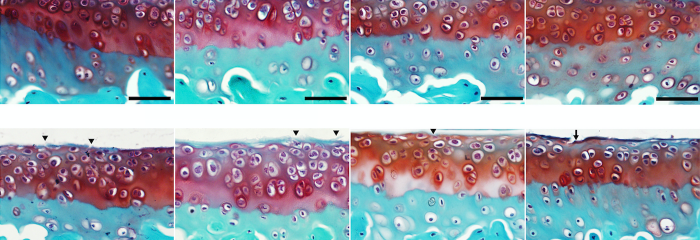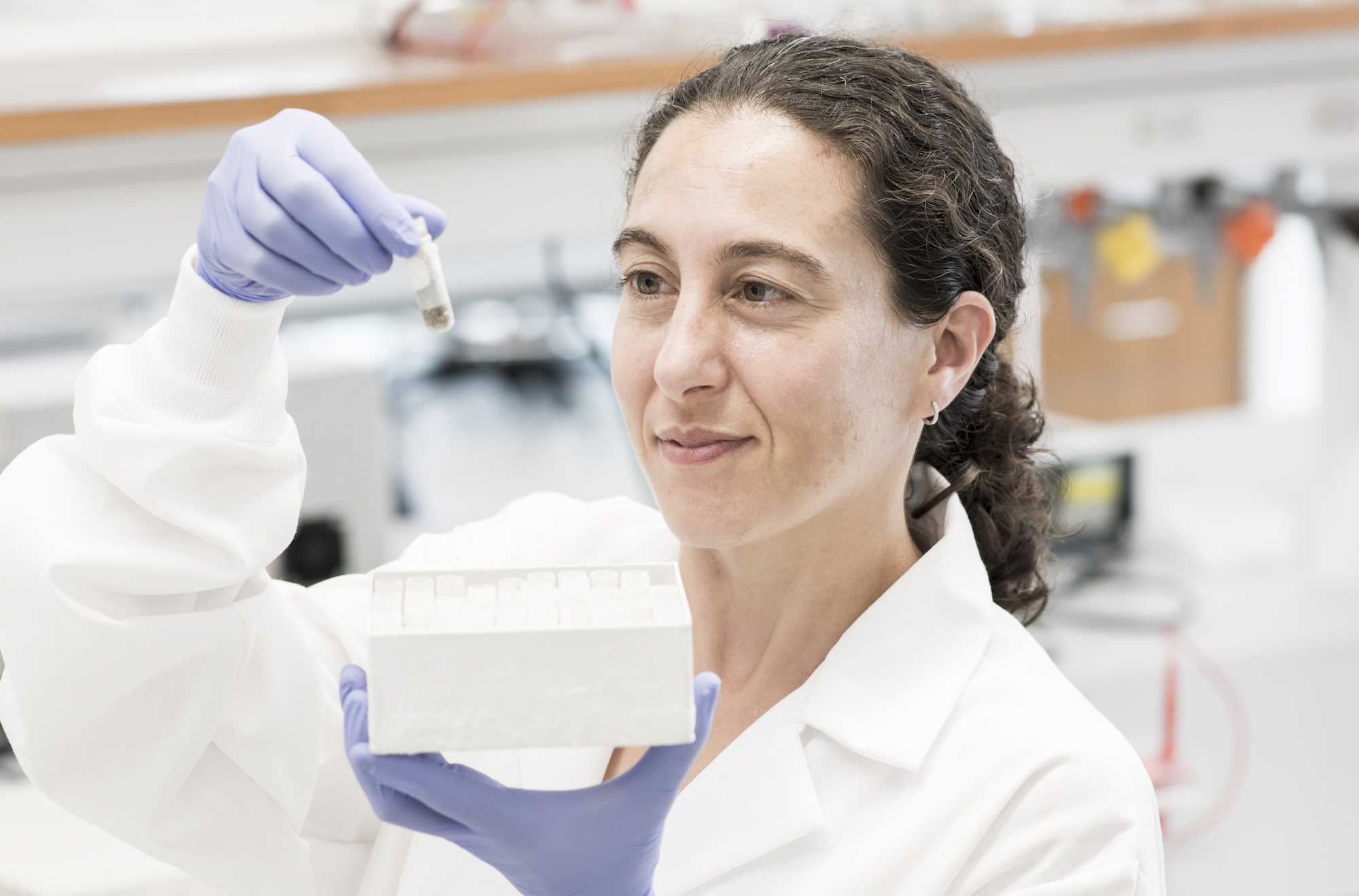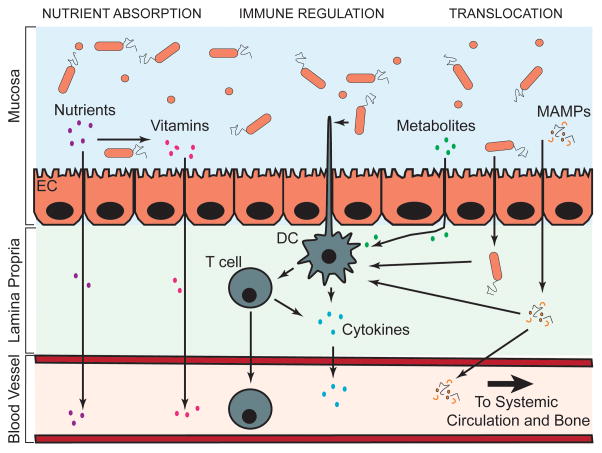
Making connections: Microbiome research at Cornell
By Chris Dawson
For every cell that is you, at least one other cell you carry around is not you. These other cells are predominantly bacteria, but also viruses, fungi and archaea along for the ride. A study published in Nature in 2016 estimates somewhere between 30 trillion and 50 trillion of these microbes exist on and in each adult human.
We know that some microbes help digest the food we eat, regulate our immune system, defend against other bacteria, and produce vitamins necessary for good health. But exactly what else they do and how they do it has become one of the hottest areas of research in all of biology and related fields.
This collection of microbes you and every other person carries around is called the human microbiome, and researchers at Cornell Engineering are among those on the leading edge of this rapidly-developing field.
Applying what we learn
“There is now a microbiome supergroup on campus,” says Ilana Brito, assistant professor and a Mong Family Sesquicentennial Faculty Fellow in Biomedical Engineering and a global leader in microbiome research. Though the work being done across the group has a broad range of research aims, the underlying goal is shared. These researchers strive to understand the microbiome so they can put it to work. Biomedical engineers do exactly this―they apply engineering principles and design concepts to biology and medicine, with the goal of improving human health.

Ankur Singh, associate professor in the Meinig School and the Sibley School of Mechanical and Aerospace Engineering, is a perfect example of someone bringing engineering to biology.
Work originating in Singh’s lab and recently published in Science Advances describes how newly-developed nanogels can improve the effectiveness of vaccines in mice with metabolic disorders. “This paper highlights how the microbiome can impact our engineered vaccines and how we can overcome these problems by developing advanced materials,” says Singh.
The list of study authors reveals the extent to which microbiome research draws on expertise from across the university. The 12 authors represent the Meinig School, the Sibley School, the Department of Materials Science and Engineering, the Department of Microbiology in Cornell’s College of Agriculture and Life Sciences, the Department of Microbiology and Immunology in Cornell’s College of Veterinary Medicine, and the Englander Institute for Precision Medicine at Weill Cornell Medicine. This breadth of knowledge defines research at the Meinig School, says Brito, and deepens knowledge discovery.
“[Working with] the medical school and the vet school allows microbiome researchers to take several points of view,” says Brito. “Cornell Engineering’s graduate field system—which allows faculty to teach and advise students from outside their home department—is also incredibly helpful. Little to no barriers to collaboration exist here. The university makes it easy.” Brito hypothesizes that one aspect of Cornell may contribute to the ease of collaborations here: “Little towns don’t support big egos,” she says. “We are all in it because we love the science. We really value the contributions everyone can make.”
One goal of Brito’s work is to understand exactly how genes transfer between organisms in the microbiome. Transfer of genetic material is thought to be the mechanism behind the development of antibiotic resistance in pathogens, but the process is not well understood. The Brito lab uses experimental and computational approaches to pioneer new technologies and to investigate natural microbial communities—such as gut microbiomes of humans, animals and even environmental microbiomes—to learn about this gene flow. The hope is this work will enhance our understanding of microbial ecology and inform current efforts to combat antibiotic resistance. A long-term application could include engineering microbial therapeutics for gene delivery to the microbiome to enhance human health, to stem inflammation, for example.

The gut microbiome can influence remote organs through regulation of nutrient absorption, regulation of the immune system or translocation of bacterial products. Molecular products and activated T cells enter the systemic circulation where they can migrate to distant organs including bone. Abbreviations: DC – Dendritic Cell, EC – Endothelial Cell, MAMPs – Microbial Associated Molecular Patterns.
Christopher Hernandez, associate professor in the Sibley School and in the Meinig School, was drawn into microbiome research through his expertise in bone and bone properties. Researchers have known bone density is correlated with age-related fractures. “But we have also known that something else is contributing,” says Hernandez. “People have been trying to figure it out for years. We published a paper two years ago showing that changes in gut microbiota can influence the mechanical properties of bone tissue.”
Recently Hernandez published a study in Clinical Orthopaedics and Related Research linking a healthy gut microbiome to successful joint replacement surgery outcomes. Hernandez partnered with researchers from New York’s Hospital for Special Surgery and Cornell Weill Medicine to show that gut microbiome health in mice influences the risk of infection after knee or hip replacement. The study could point to ways in which human patients could be treated with microbiome-based therapies or probiotics before undergoing a joint replacement operation to reduce the incidence of post-operative infection.
.jpg)
A major challenge for researchers examining bone tissue as it relates to the microbiome is moving the work from showing correlations to demonstrating causation. “The big questions now in this area all have to do with ‘what is the mechanism?’” says Hernandez. “And we [at Cornell] are particularly well-positioned to answer. We understand the underlying biology and the mechanics of what is going on―the actual mechanical forces and interactions.” Hernandez echoes Brito’s thoughts on how valuable Cornell Engineering’s connections to the School of Veterinary Medicine and the Hospital for Special Surgery are for digging into these questions. “These connections are essential to this work. They are what make this work possible.”
Expanding the research community
With researchers world-wide exploring everything from the basic science of the microbiome to the more complex questions of its role in rheumatoid arthritis, colorectal cancer, obesity, diabetes, bone strength, and even mental health, there is growing awareness of the need for researchers in all of these fields to share information.
Brito has seen the fruitful result of scientific knowledge-sharing firsthand through a week-long meeting she organized and hosted at Cornell in 2018 as part of a Gates Foundation grant she was awarded to study antibiotic-resistance genes in human microbiomes around the world. The award stipulated she must collaborate with scientists from almost every continent. Rather than travel from country to country, building relationships one at a time, Brito realized “I could bring everyone here to Cornell and build something greater than its parts.” And so she did.
The “Our Microbes, Our Global Health” workshops and symposium brought people from more than a dozen countries to Cornell to discuss their work at the intersection of human microbiome research and global health issues.
The conference was a great success, and Brito reported recently that a number of global collaborative projects grew out of connections made that week at Cornell. Focused time in the same place allowed researchers to exchange information and ideas in a deeper and more enduring way than through phone or electronic meetings.
An auspicious start
These are the early days of microbiome research, but Cornell Engineering has staked out a place as a leader in the field. With so many tools and approaches available, few colleges are better situated to push forward the basic scientific discoveries about the microbiome and to use that knowledge to engineer solutions to vexing human health problems.

